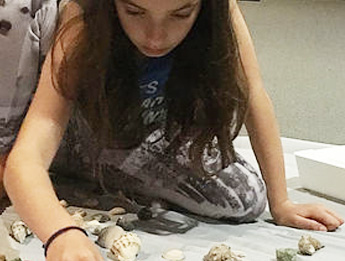Supporting Social and Emotional Wellbeing.
Emotions and intelligence were once seen as two opposing forces but over the last twenty years, research has shown that these two are intrinsically linked. Being able to manage your emotions helps to cognitively forward think and respond to situations in a more adaptive and rational manner.
Our moods will determine how we think and therefore how we respond.
Understanding our emotions helps us to adapt socially. We are able to understand others emotional state, regulate behaviour, communicate appropriately and see others perspectives better.
In one study, teenagers who had a lower emotional intelligence were rated as engaging in more conflict and aggression towards others (Mayer, Perkins, Caruso and Salovey, 2001 a; Rubin, 1999).
During yoga practice we are taught kindness to ourselves (and therefore, eventually others), self belief (yoga is non competitive and adaptable for all bodies), respecting others space, turn-taking, working with partners and groups, it’s ok to be alone, letting go, supportive ways to focus….but we are also taught mindfulness and meditation techniques (see my upcoming blog, What is Mindfulness? What is Meditation?).
Mindfulness helps us to connect to the present moment. It helps us to appreciate the small things. Teaching mindfulness through yoga can have such positive results for all ages. Taking your focus to your breath and how your body is feeling is a great start. A yoga teacher will guide you through this during your practice.
Mindfulness will eventually bring you peacefulness, even if only fleeting. But as with anything, the more you practice this, the more connected you will feel with this concept.
Teaching these skills are an integral part of any yoga classroom. You can be mindful and meditate while sitting, lying, walking, looking, smelling, talking, listening and so on. Seriously!
Children and teens need to see the different ways we can approach this, outside of the traditional belief that meditation should be sitting cross legged while chanting Om.
We should be encouraging teachers to use the word ‘mindfulness’ in their day so that children and teens become familiar with the term. Point out the beautiful things that you see – the sun shining through the leaves, a butterfly, a pretty flower, when someone helps another in the playground and so on. Mindfulness should be seen as normal. It should be ‘just what we do’.
Start the school day with a meditation – students sitting at their desk, taking 3 mins to close their eyes, tell them a story, listen to ocean sounds, set a positive intention for the day, do a five finger breath. Use these spot meditations throughout the day. Use to settle, use to re-focus, use to allow your students to rest…encourage mindfulness as a tool for feeling better.
Helping to understand mindfulness and making meditation part of your day helps us to see ourselves for who we are. We start to see others differently too and an awareness of emotions begins to develop.
Mindfulness needs to be a daily practice and everybody should be taught how to harness these basic life skills. I’d like to leave you with quote from the Dalai Lama…
“If every 8 year old in the world is taught meditation, we will eliminate violence from the world within one generation”…

